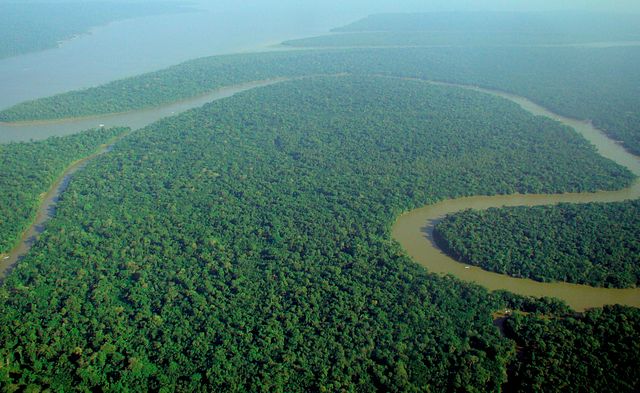Brazilian President Luiz Inácio Lula da Silva proposed a new plan to combat illegal deforestation of the Amazon forest on Monday.
The situation has been a priority of his presidency since he began a new term in office earlier this year.
"It is mainly thanks to the Amazon forest that Brazil plays an important role in maintaining the climatic balance of the planet," Lula said while presenting his plan of action. "Curbing the deforestation of the Amazon forest also helps limit a rise in global temperatures."
Specifically, a range of policy measures will have to be implemented by various ministries. Satellite imagery should enable better detection of illegal activities and regularisation of property deeds and the use of a national land registry should help ensure proper land management.
Economic incentives should hopefully boost the restoration of degraded forests and growth of native vegetation. Through the screening of monetary transactions, the government wants to tackle the chainsaws and excavators trade.
Related News
- Amazon: Deforestation shot up by 150% in December, Jair Bolsonaro's last month in office
- Brazilian Amazon: Crimes against nature are also crimes against humanity
There will also be a better tracking system for timber, livestock and other agricultural products. This is Brazil's response to the increasing number of countries refusing to import products from deforested areas.
Lula presented his plan on World Environment Day. "After four years of indifference and inaction", Lula said he is putting the protection of the Earth's green lung back at the top of the political agenda. With his statement, Lula was referring to his predecessor Jair Bolsonaro, under whose administration (2019-2022) the average annual deforestation of the Amazon forest increased by 75% compared to the previous decade.
With this plan, Lula will be picking up from the Amazon policy he introduced in 2004 during his first term as president, which was later put on hold by Bolsonaro. Lula also aims to end illegal logging in Brazil by 2030.

